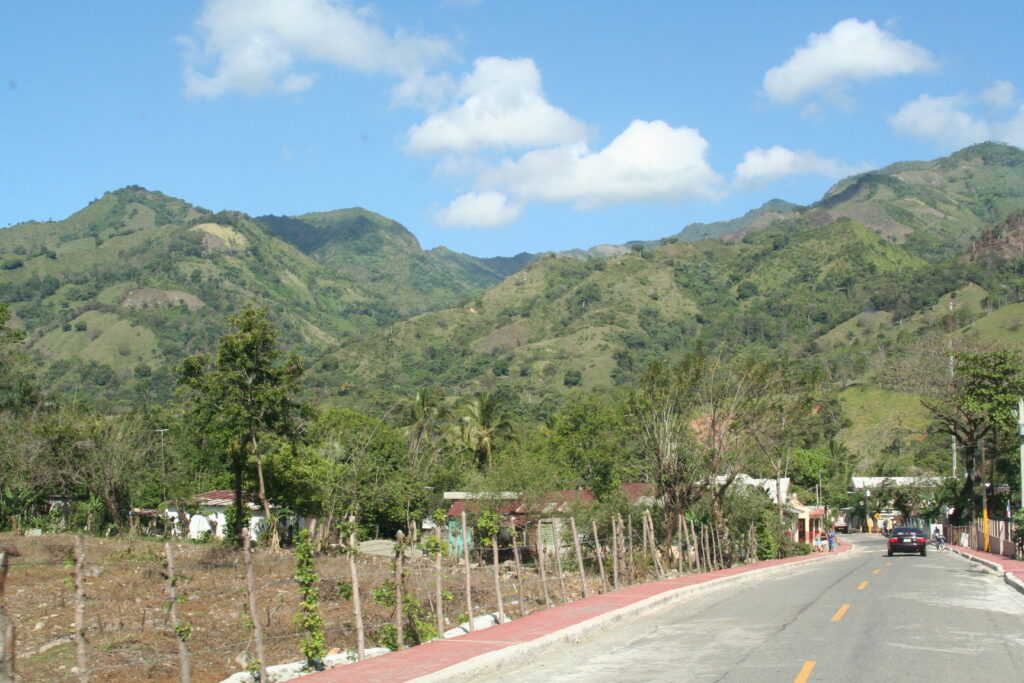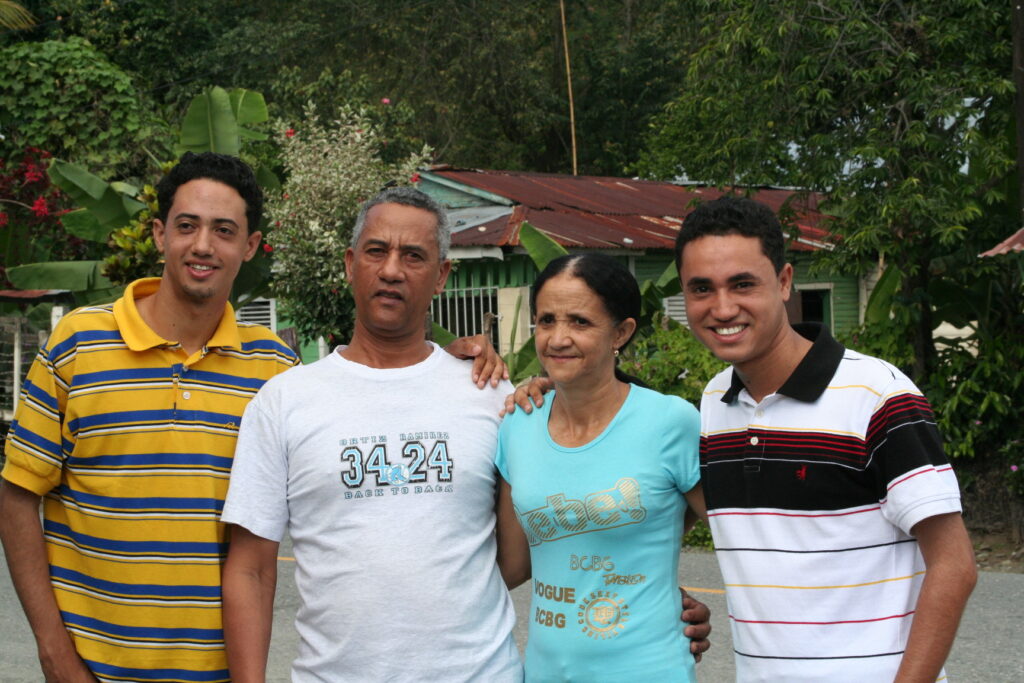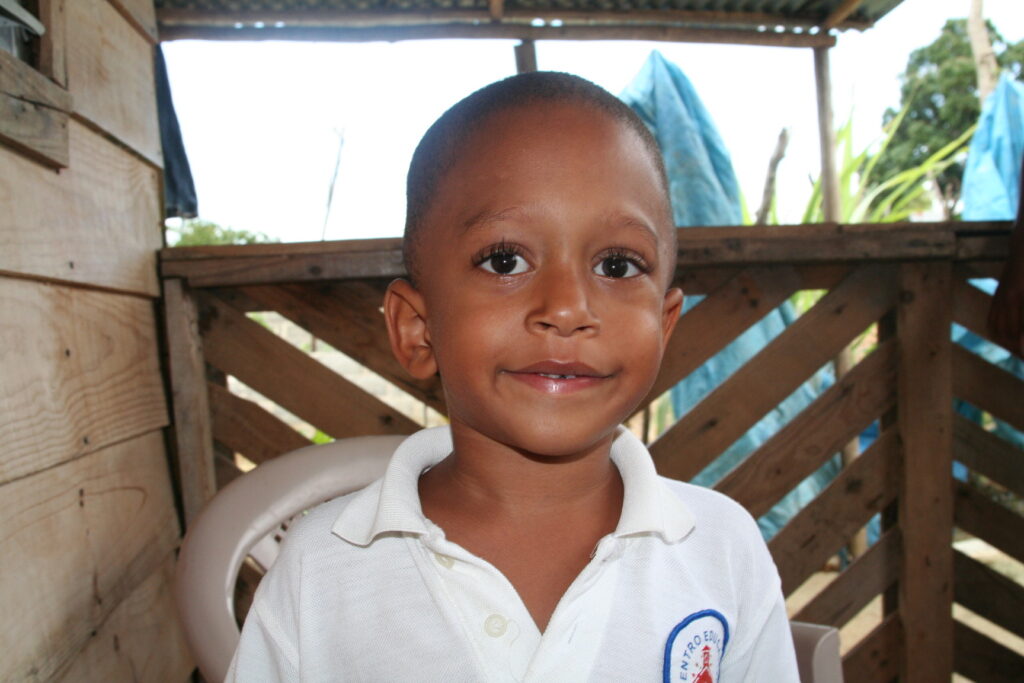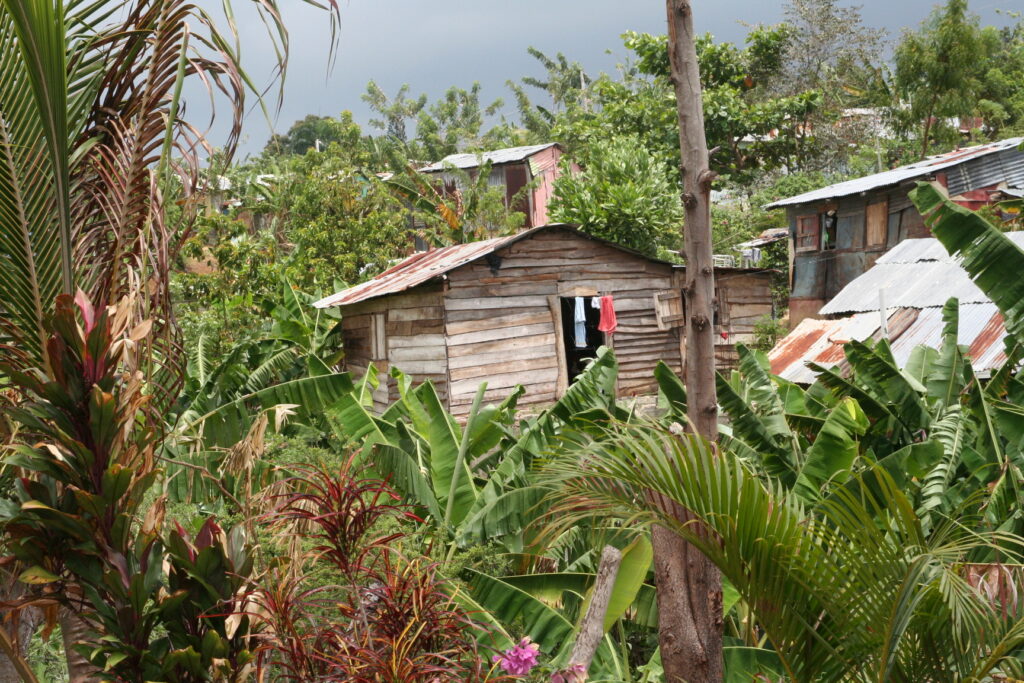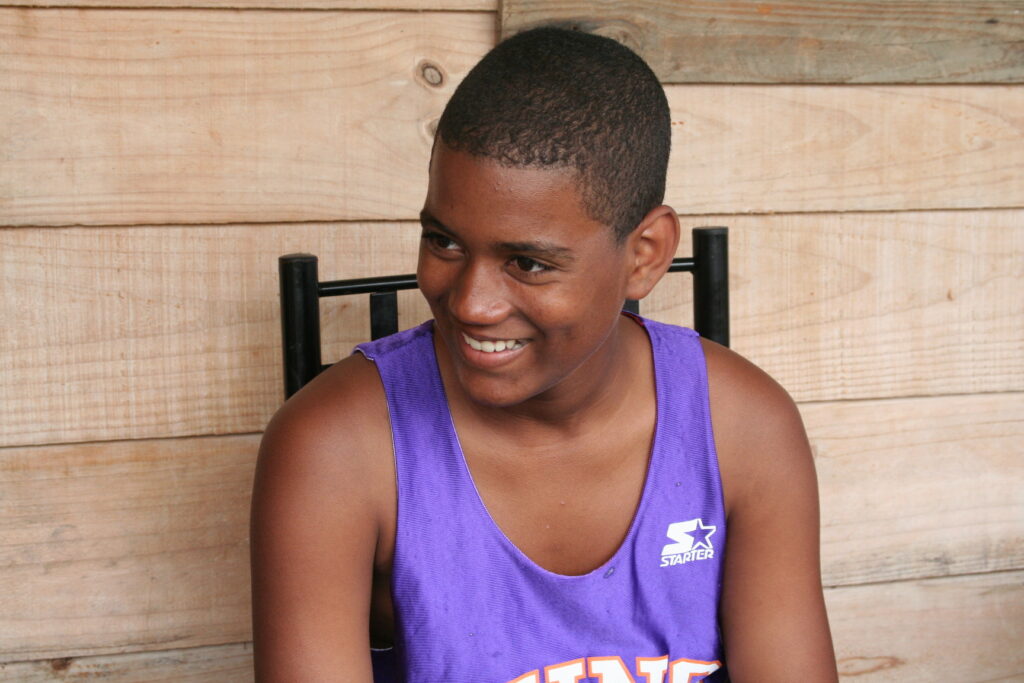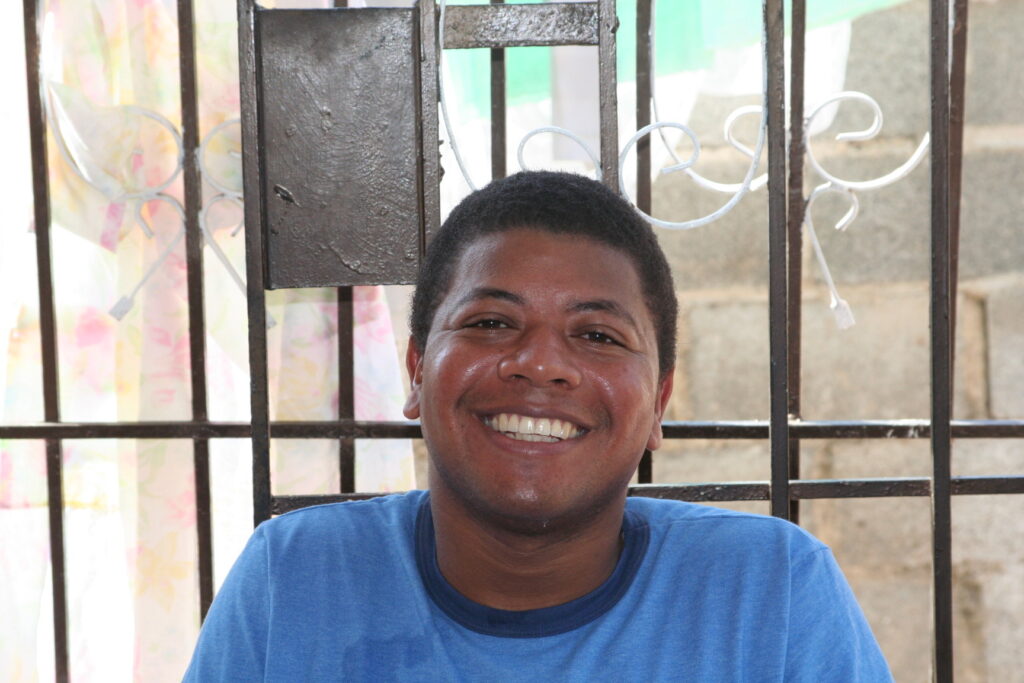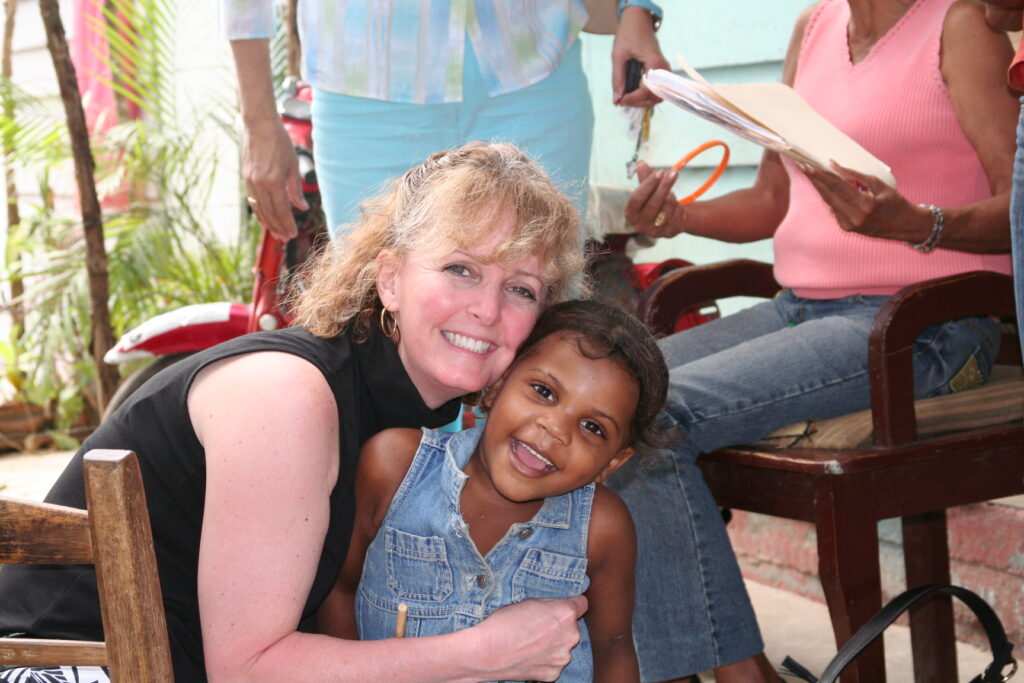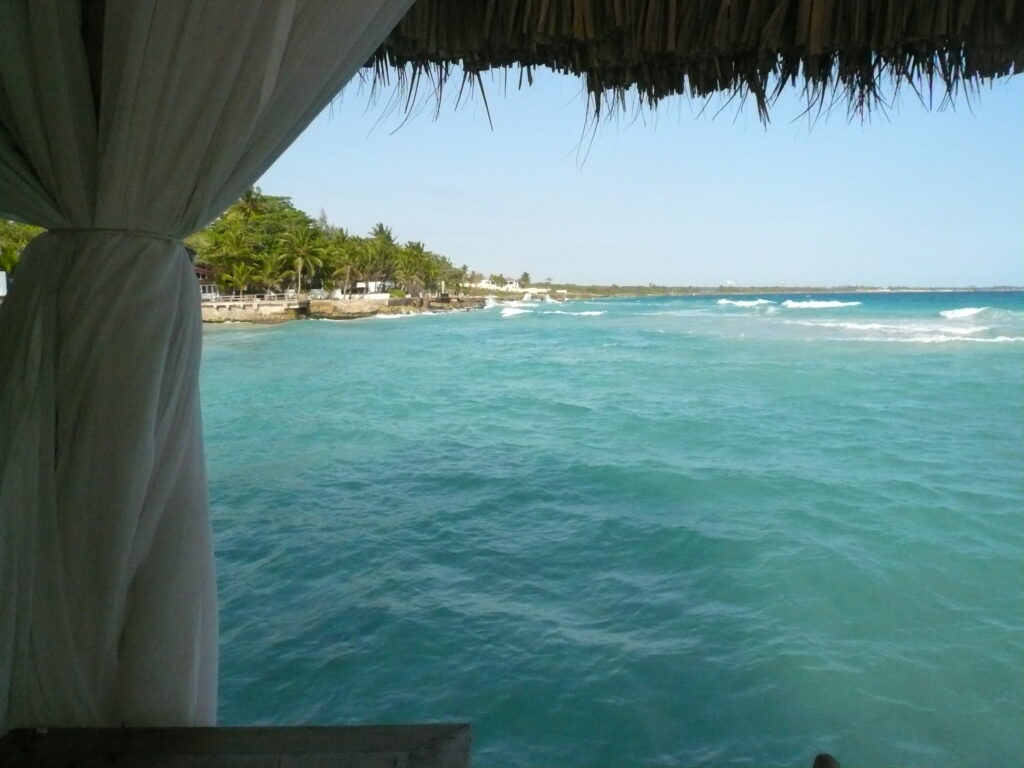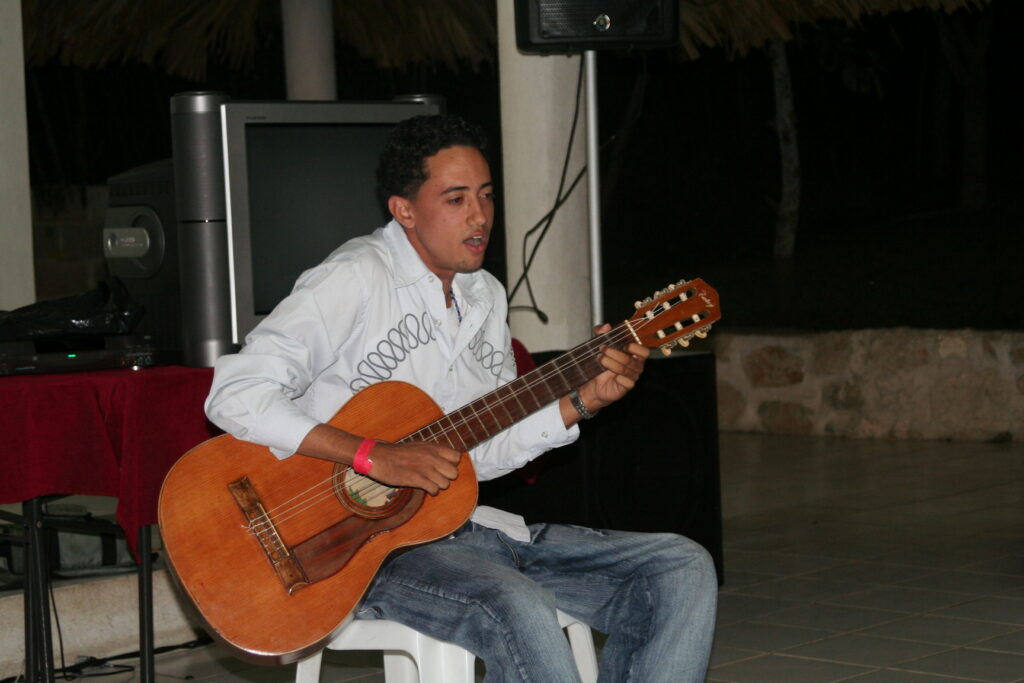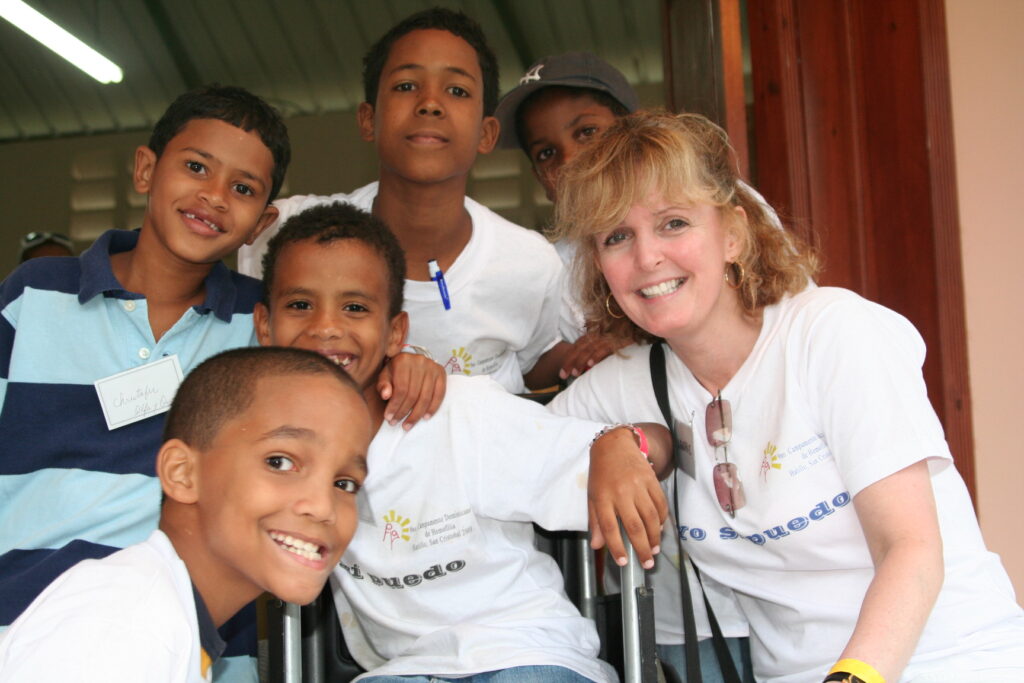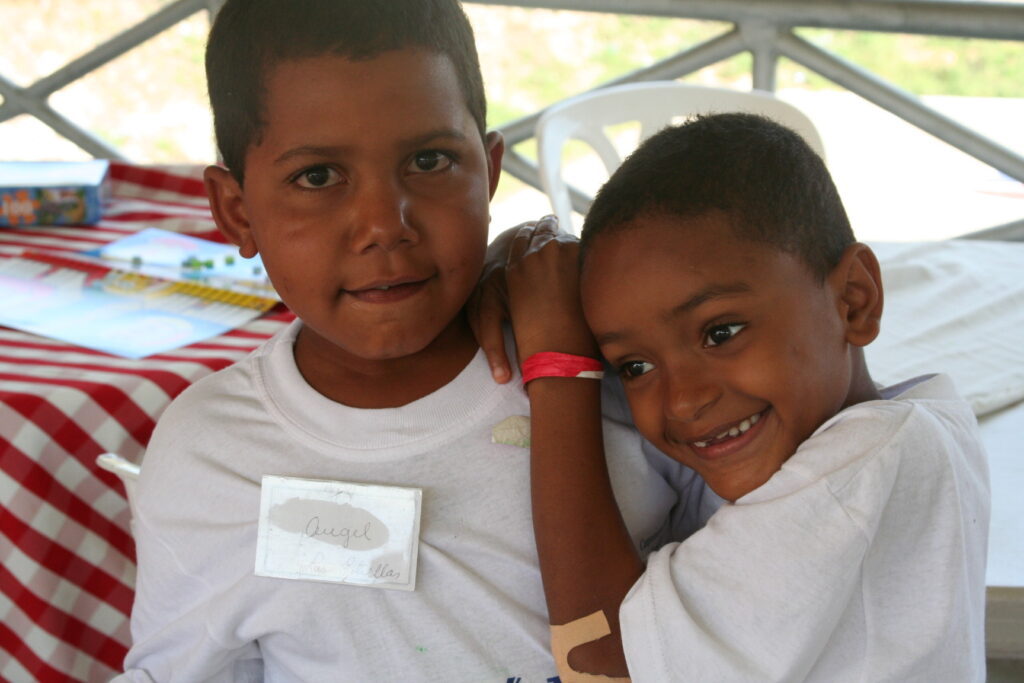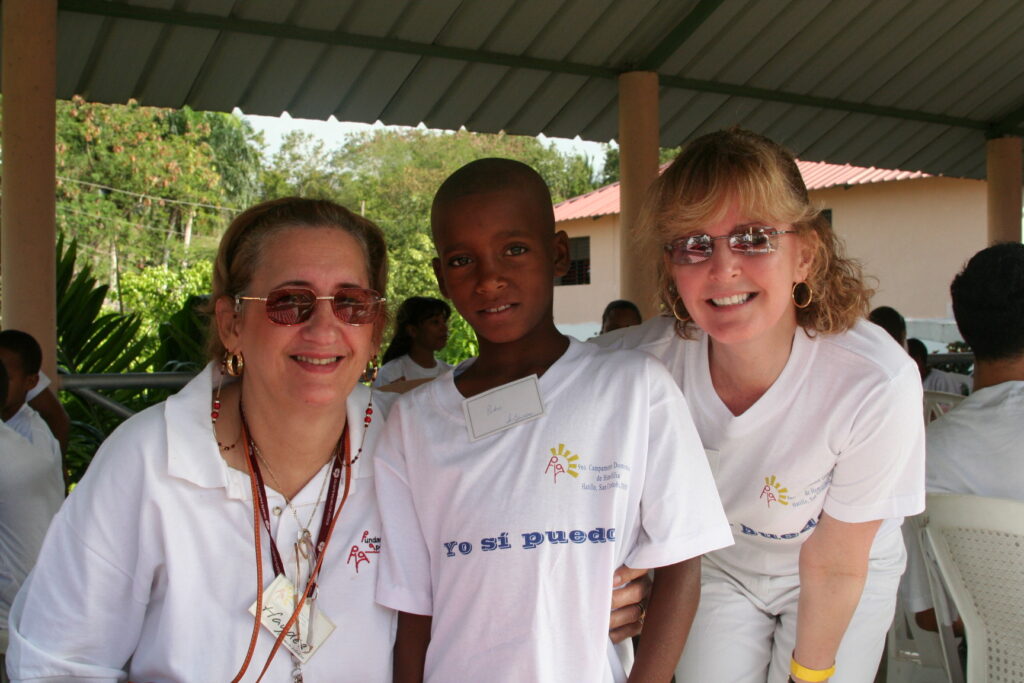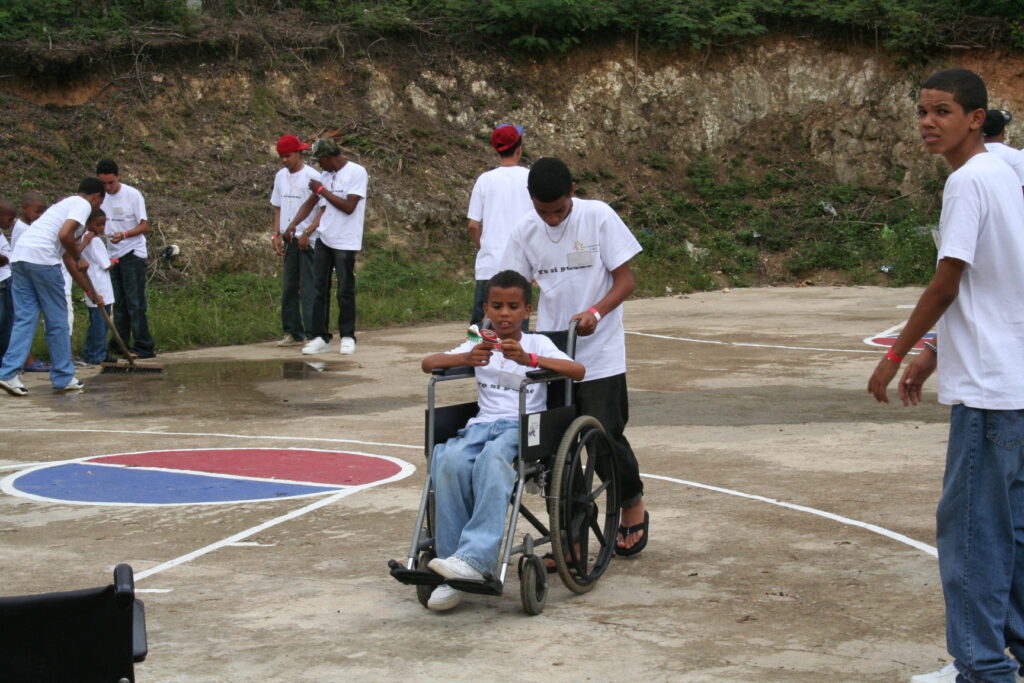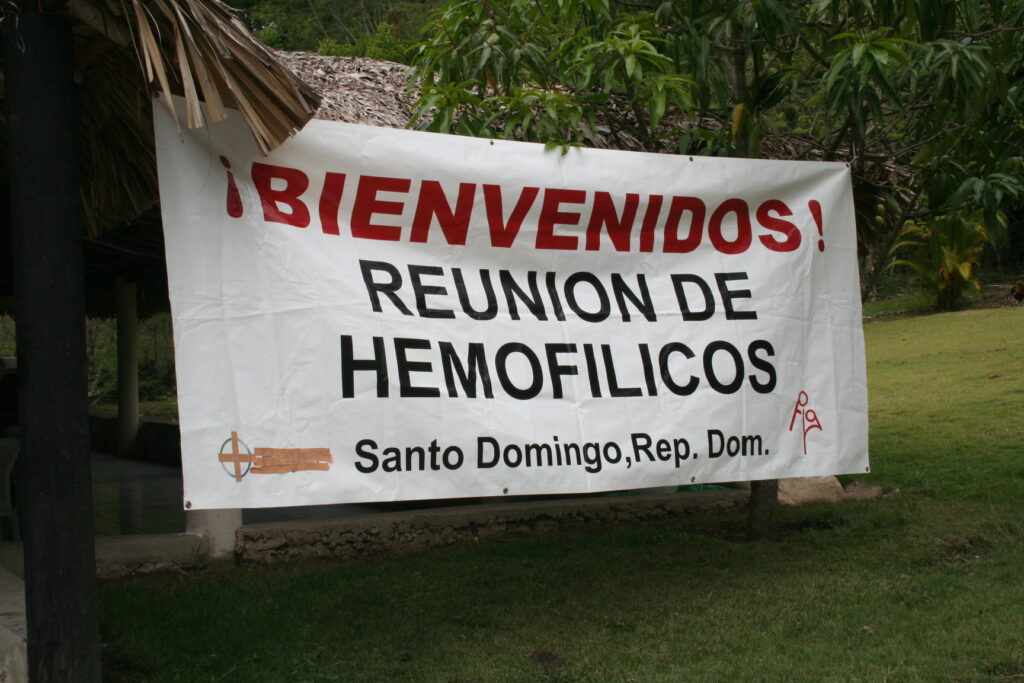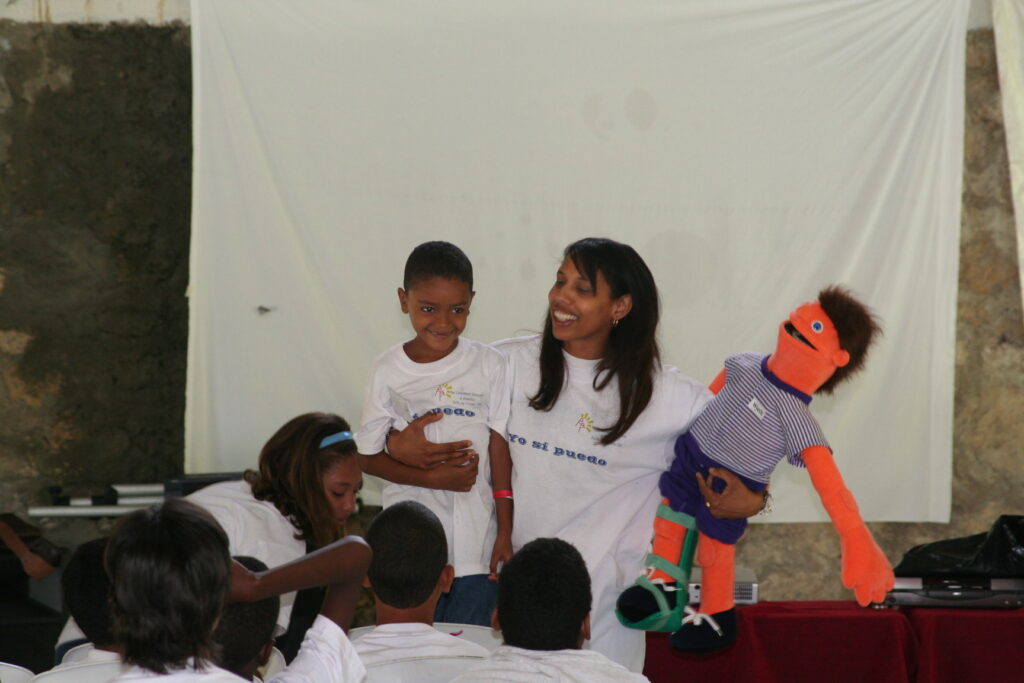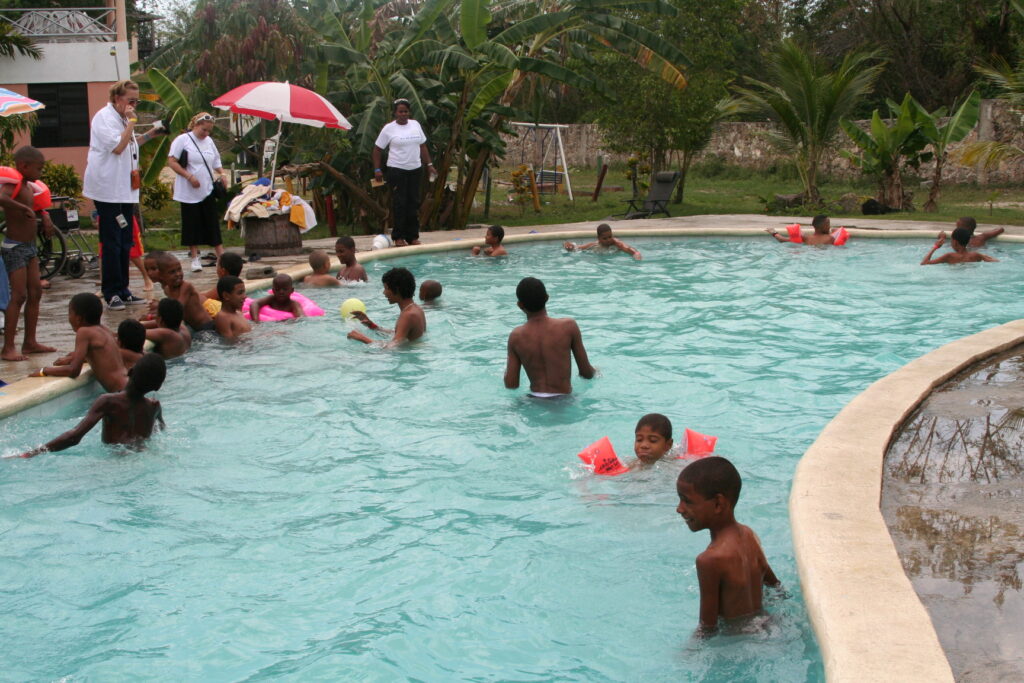Mission: Dominican Republic
The last day of our trip to the Dominican Republic was reserved to visit the homes of four families with hemophilia. We started out bright and early, the tropical heat slowly rising with the sun, and headed for Bonao, a pretty town located on the roaring Yuca River. It took about an hour to get there, to meet with the Carlos Manuel and Jose Luis Ortiz. With me were Jeannine, executive director of Save One Life (a child sponsorship program), Haydee de Garcia, president of FAHEM, Maria Espinal, nurse at the Robert Reid Cabral Hospital, and Zoraida, general manager of LA Kelley Communications. Zoraida sponsors Jose Luis, a young man with hemophilia, and our visit would check on how he and his brother were.
Meeting with them was pure joy. The Ortiz brothers are natural poets, and every word and sentence is chosen to express kindness, civility and warmth. No matter that they have hemophilia, that their family struggles economically, that they both have severe joint damage that leaves them with unbending knees and hobbling gaits. When you are with them, you are the most important thing in the world. They exude a kind of hospitality very rarely found. Marisa, their mother, had not seen me in about four years and we pounced on each other with hugs. She laid out a fantastic meal. We then walked down to the river, to see the beauty of Bonao. It was a lovely visit. We were sorry to leave.
An hour later we were searching for the home of the Gimenz family. They live on the fringe of Santo Domingo in a place I am sure very few if any Americans have seen. Dirt roads, towering palms, rows of tin roofs with chickens scuttling everywhere, this village or settlement is remote, not easily accessible and devastating for two children with hemophilia. Angel is only six and almost died in December from a head bleed. Thankfully, his mother, also named Zoraida, was educated by FAHEM about symptoms and knew what to do. Angel was hit in the head and began exhibiting symptoms of a head bleed; he was brought to the hospital that night. A miracle considering Zoraida does not own a car nor have much money, and transportation is questionable and unreliable. Angel’s older brother Andres watched and listened as we heard this story, occasionally smiling and dropping his head shyly when we looked at him. He had just attended camp with us. An extremely handsome young man of 15, he has a killer smile and a friendly manner. He gave me a brief tour of their tidy wooden home, only three rooms, shared with four dogs, cats and a hen and rooster in the back. Both boys need sponsors, so if you are interested in helping this family, please go to www.SaveOneLife.net and let us know!
Next stop, the Vasquez family, who live closer to the capital and down a small tienda or shop selling candy and things. The shop is really just a window from which they display what little they have to offer. Gabriel is the young boy also looking for sponsorship. Last stop was the home of Misael and Jayro Medina. Misael attended camp as a counselor and did a great job. His brother Jayro, deeply religious, has not walked in years. So many bleeds left him bedridden, during which time his muscles atrophied. But he does not whine or complain but shows again that warm hospitality. Though these are men, we will still look for sponsors to help ease their burden in life. Their father only earns about $25 a month, and life is expensive in the city.
Seeing the conditions of the poor, the crippled joints of hemophilia, might leave a person feeling overwhelmed, stunned, depressed. But not us. We feel honored to have met these families, impressed at how confidently they face life’s harsh challenges, and motivated to help them financially through our program. We saw the kids at camp who are already benefiting from having a sponsor–they use their sponsorship funds to travel to the hospital, to buy medicine, to stay in school. The Ortiz brother attend college and will one day get jobs in the tourist industry, where they can charm visitors to their land, thanks to the support from Save One Life, for funds, and Project SHARE, for factor. They are one success story among many; and you can help us have more. Adios for now!
